9 /10 1 Votes
Initial release date 1984 | 4.5/5 My Abandonware Adapted from Fahrenheit 451 | |||||||||||||||||||||||||||||||||
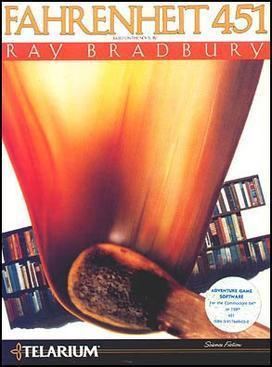 | ||||||||||||||||||||||||||||||||||
Publishers Telarium, Audiogenic, Idealogic SA Similar Telarium games, Adventure games | ||||||||||||||||||||||||||||||||||
Fahrenheit 451 is a computer strategy game released in 1984 based on the novel of the same name by Ray Bradbury. Originally released by software company Trillium, it was re-released in 1985 under the company name's new name Telarium.
Contents
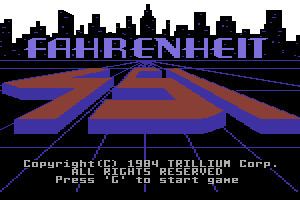
The player's goal is to help Guy Montag, the main character from the novel, to evade the authorities and make contact with an underground movement. As Bradbury himself contributed to the game, such as by writing the prologue and responses of the game's intelligent computer "Ray", it can be played as at least a semi-canonical sequel to the original novel. Montag is also helped by Clarisse.
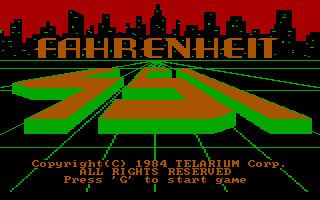
Publication history
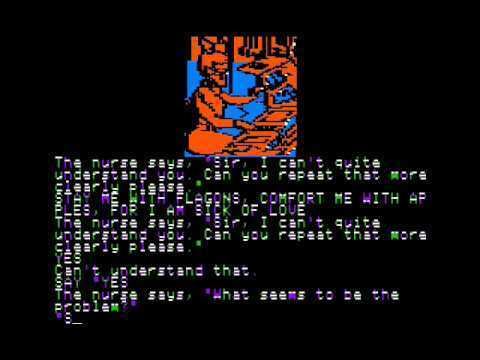
The plot and text of the game was written by Len Neufeld (known for his previous authorship of books in the Be an Interplanetary Spy interactive novel series), working under the aegis of Byron Preiss Visual Publications.
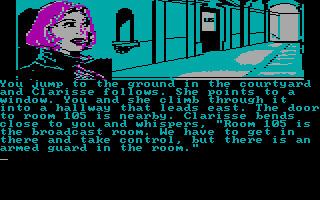
The game was released for the Apple II, Atari ST, Commodore 64, PC (DOS), Macintosh, MSX and Tandy computers.
Plot
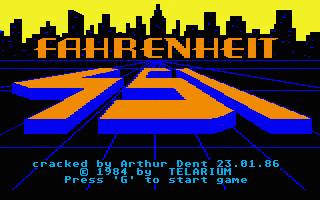
At the ending of Fahrenheit 451, former Fireman Guy Montag is a fugitive, wanted for murder for killing his supervisor and stealing contraband books. The game takes place five years later. A pointless war has swept across the country, leading to martial law by the Firemen. Now an agent for the literary underground, Montag makes his way to New York. His mission is to break into the heavily guarded New York Library on 42nd Street. The books themselves were burned, but the contents were transferred to microcassette. The microcassettes need to be retrieved and uploaded into the Underground's information network. Along the way, he discovers that Clarisse, the young woman who inspired him to rebellion, is still alive.
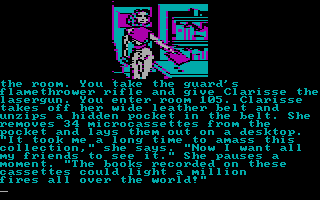
Challenges for the player involve finding ways to alter one's appearance, fingerprints, and "chemindex" (body chemistry) in order to evade detection. Other issues arise in finding food to eat and safe places to rest. The player must also make contact with members of the Underground hiding in the city, through the use of a lighter and literary quotations.
In the end, Montag is able to break into the Central Library and meet up with Clarisse. The microcassettes are found and transmitted on the information network to resistance cells all over the world. While Montag and Clarisse achieve victory in saving the extensive collection of literature, it costs them their lives as firemen storm the office after the last cassette is transmitted, immolating them both.
Reception
In the 1980s, a reviewer praised the "gripping prose" and the "unique approach of obtaining and using literary quotations". German reviewers maintained the complexity of the plot, the nice graphics and the large number of scenes and non-fictional characters.
In 1993, a German study about the history of interactive fiction recognized that Fahrenheit 451 is a highly complex, interactive computer fairy tale ("hochkomplexes, interaktives Computermärchen"). The adventure is a play with classic literature quotations and at the same time it is a game with the narrator and the player himself ("gleichsam Literaturliteratur, ein Spiel mit Klassikern und zugleich mit dem Erzähler, dem Spieler selbst").
